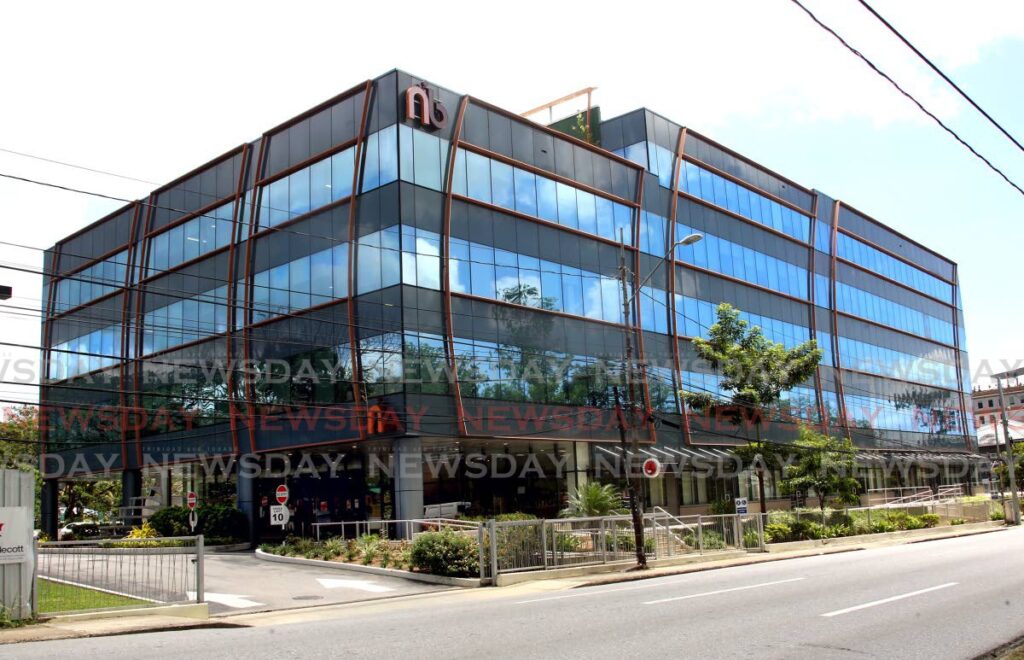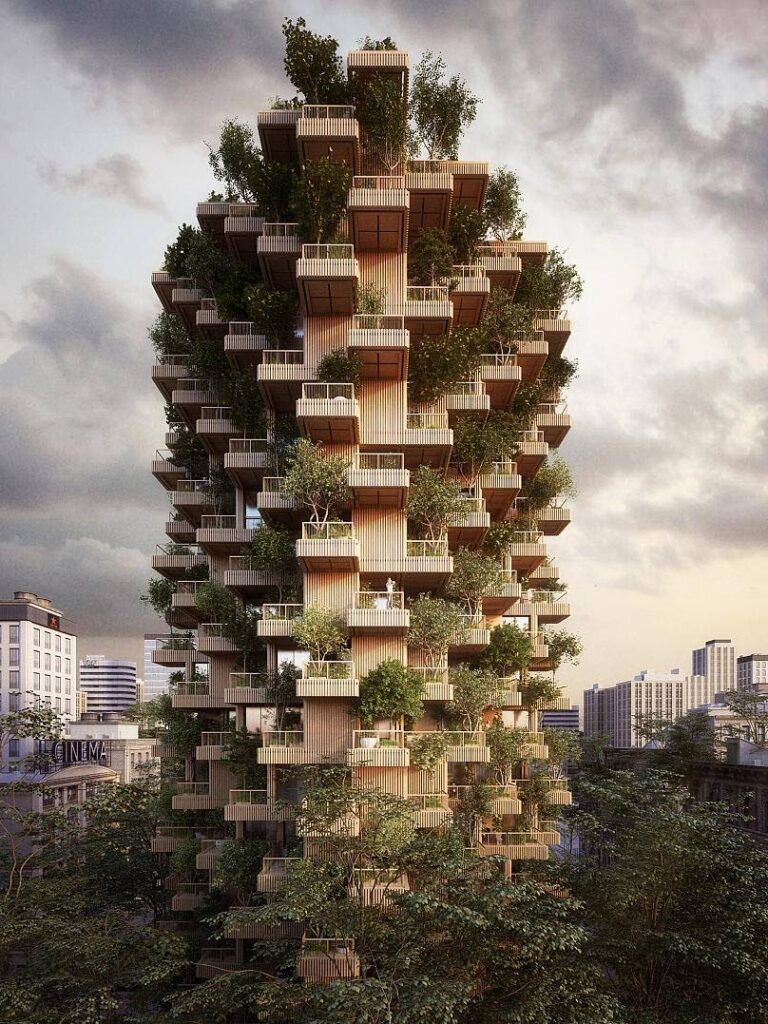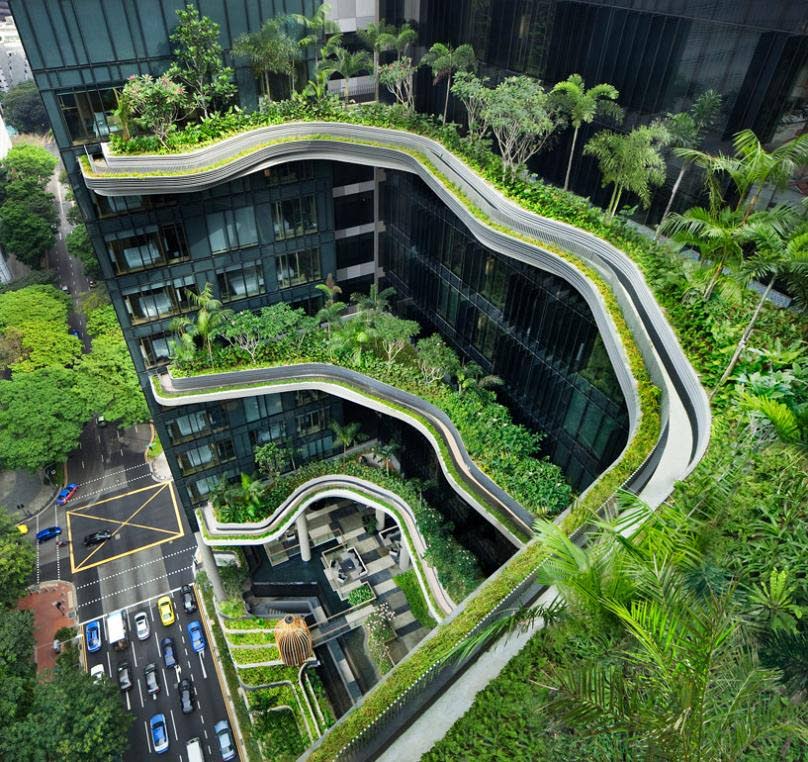Green buildings and energy efficiency

In pursuit of emissions reduction targets, countries are seeking to reduce fossil fuel consumption. One route is through more efficient energy use.
According to the Trinidad and Tobago Green Building Council (TTGBC), buildings “account for almost 40 per cent of total energy used in the Caribbean and about 38 per cent of the carbon emissions generated, especially during their construction and operation phases” (https://ttgbc.org/driving-energy-efficiency-through-sustainably-designed-and-constructed-buildings/).
This means that more thoughtful and sustainable building design, construction processes and utilisation can lead to significant efficiency gains and contribute to overall emissions reduction. Accordingly, there is today a growing emphasis on developing and outfitting "green" buildings.
Green buildings
A green building is one that has been constructed or outfitted to minimise its impact on the environment. The objectives are usually to ensure efficient energy and water use, sustainability in the construction value chain (for new builds), and a low footprint in terms of its impact on the surrounding environment.

Green buildings can be LEED-certified, which means they follow a global benchmarking system that measures energy and environmental performance in buildings.
So what exactly makes a building green? Zoning in on energy performance specifically, simple features which can impact how much energy a building uses include its location, orientation and shape, as well as the building "envelope" – the physical barrier between the conditioned and non-conditioned environment of a building (comprising roof, floor, walls, windows and doors).
These features impact the lighting and cooling/heating needs of a building, which account for a large fraction of total energy consumption.
For example, if a building is fronted by glass that is not tinted or windows without awnings, the interior could heat up quickly and demand more of the air-conditioning system. The same can be said of buildings with offices facing east or west that have no tree line or other defence against the sun, though such spaces may require less artificial lighting.
The design of green buildings takes these contextual environmental factors into account and considers: how will this building’s bearings, landscaping and even exterior cosmetic finishes impact its energy use?
Green buildings also conserve energy through their internal outfitting. Energy efficient appliances and fixtures help reduce overall energy use. Floor plans seek to optimise air flow and leverage natural light to reduce the need for artificial temperature regulation or lighting. Beyond energy efficiency, many green buildings also seek to make smart use of water resources, with rainwater harvesting systems or pressure- or flow-regulating fittings.

While the physical features of a building are critical determinants of how green it is, it is equally important to consider how the building is used, when and by whom.
Consider office buildings, for example. Even if the majority of employees occupy an office building for a standard eight hour-period, lights and air-conditioning are often kept at maximum levels throughout the day.
In some cases, spaces that are rarely used are nevertheless kept cooled and lit, resulting in unnecessary energy expenditure.
While the comfort of building occupants should inform lighting and cooling needs, that comfort is sometimes overlooked – in many businesses and offices across TT, for instance, occupants wear jackets to keep out the cold of the air-conditioning.
Green buildings save energy by matching internal conditions with user needs through building management and monitoring systems, and generally taking an intelligent, practical approach to energy use.
So, what can we do to make our existing buildings green? Look out next week for a continuation of this article, where we will share simple tips for reducing the energy consumption and carbon footprint of your own office or residential buildings.
The above article is the first article on this topic by the Trinidad and Tobago Chamber of Industry and Commerce. Part II will appear next week.


Comments
"Green buildings and energy efficiency"